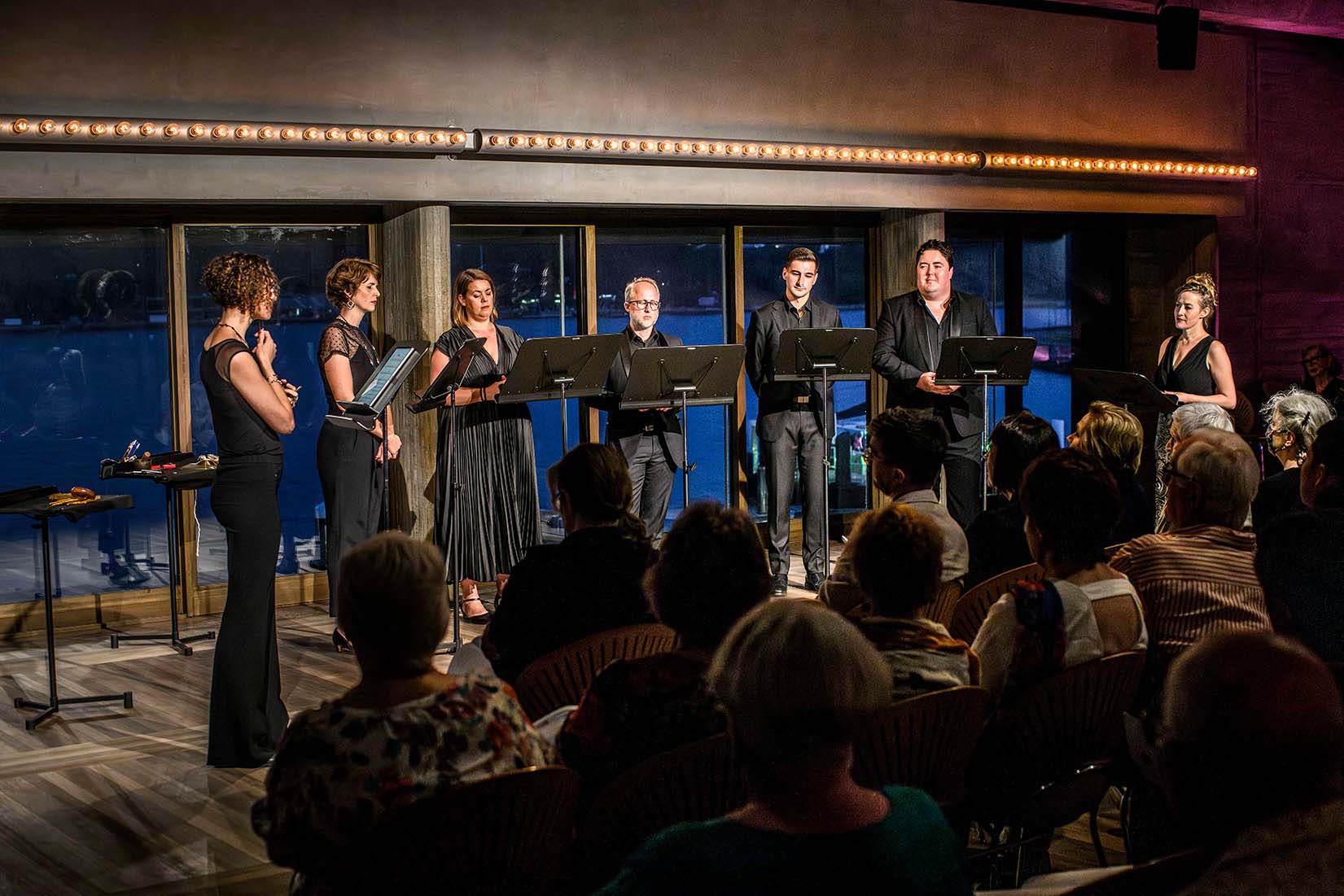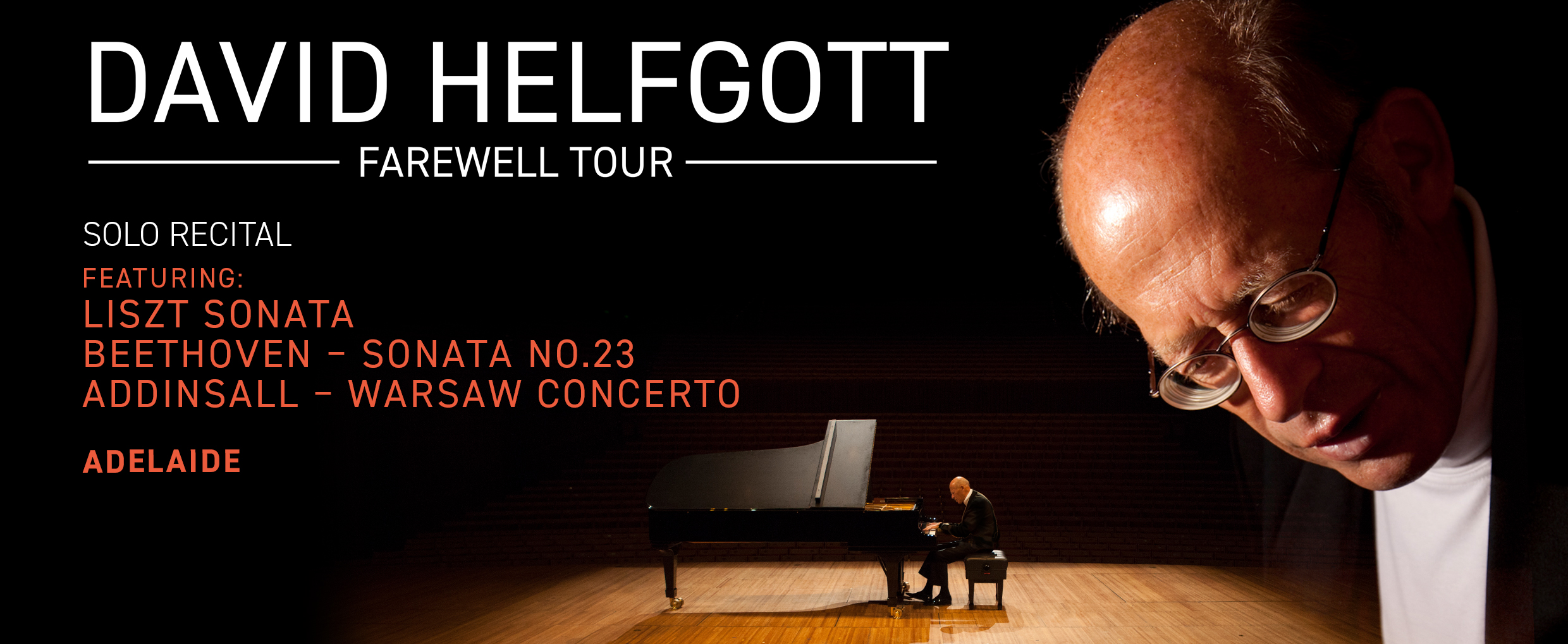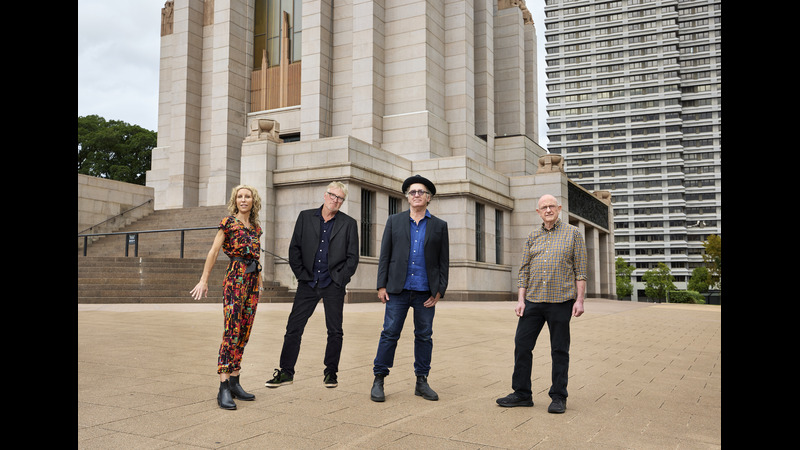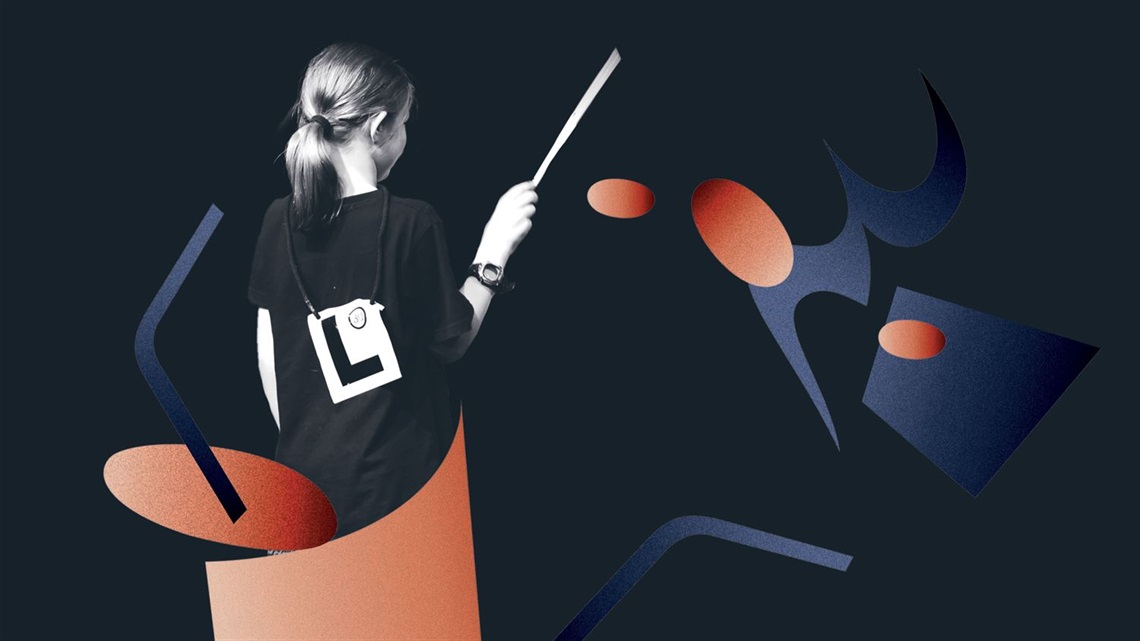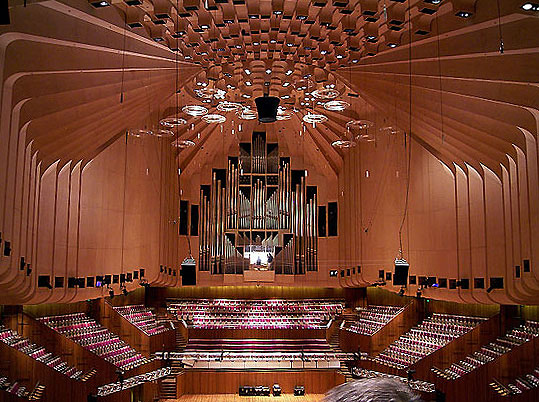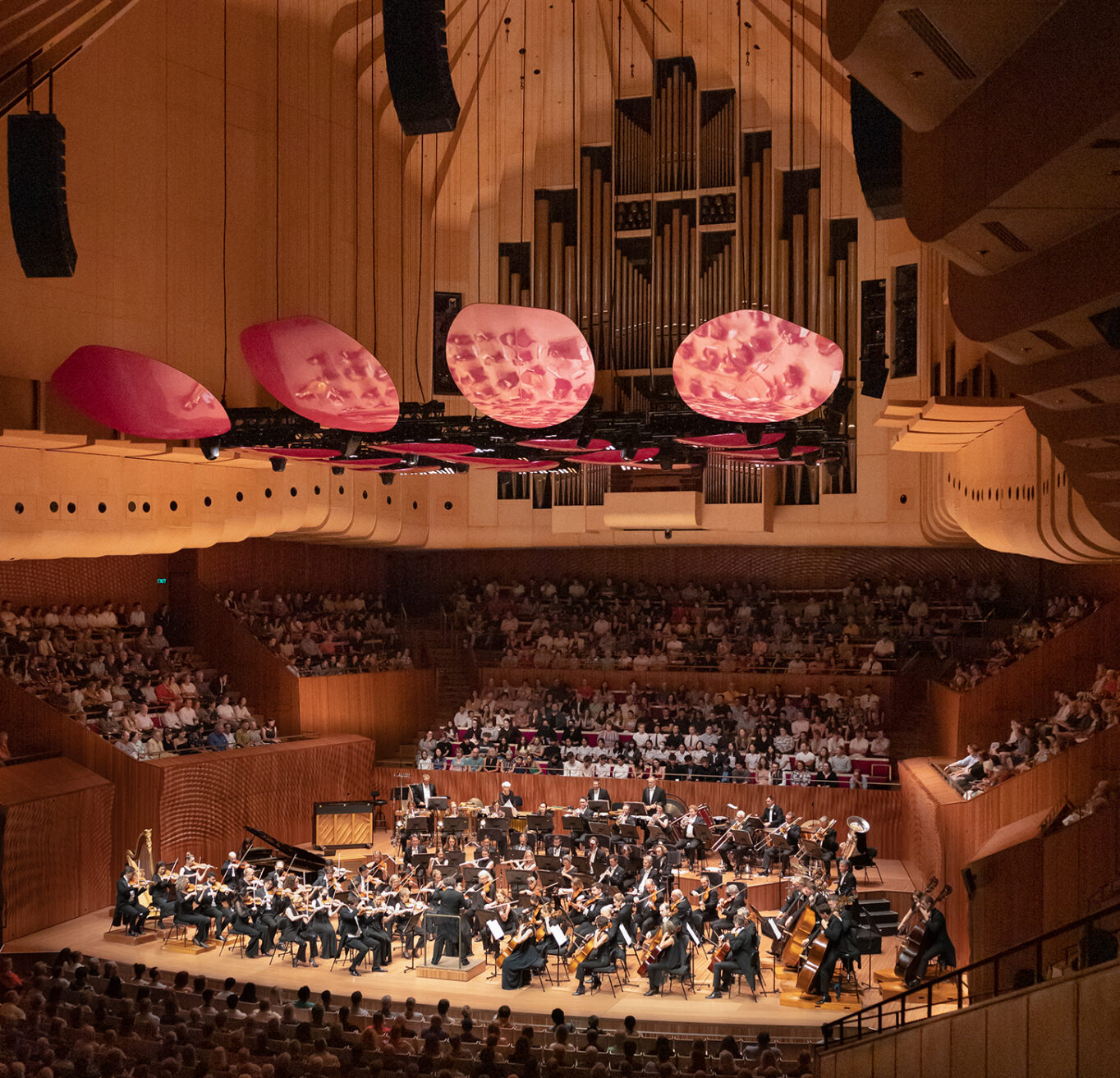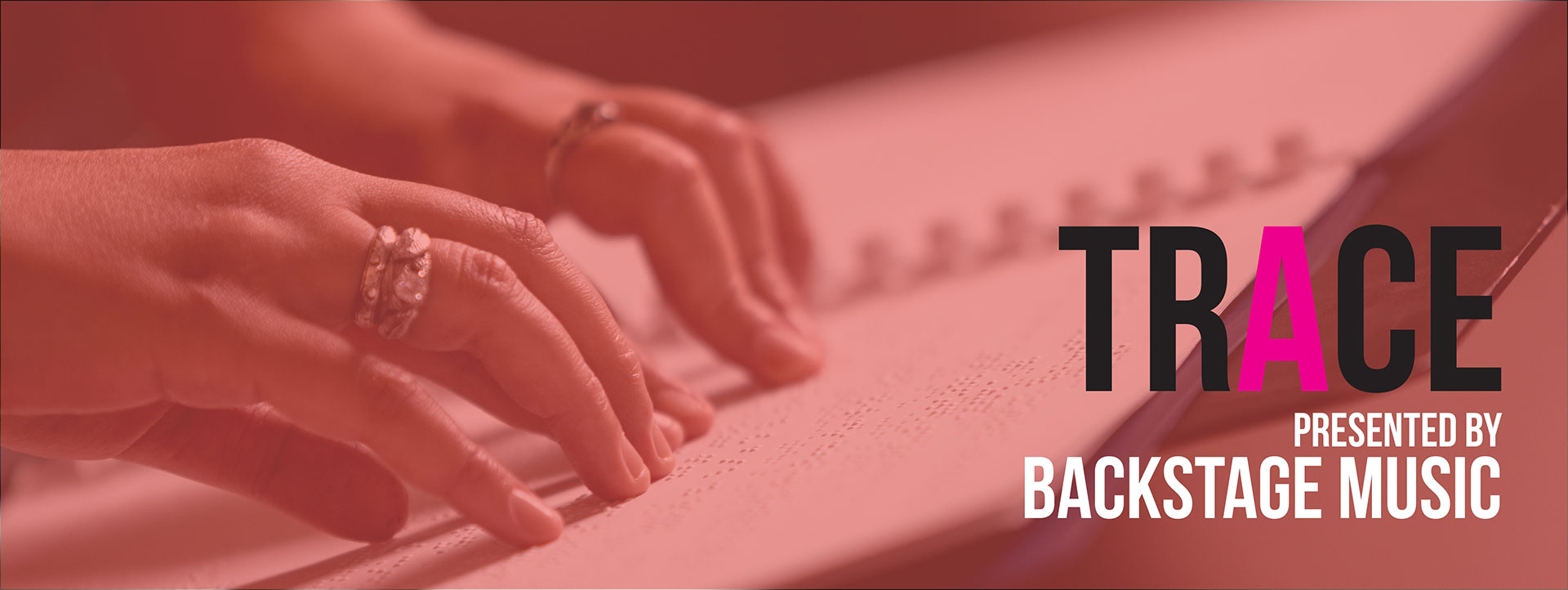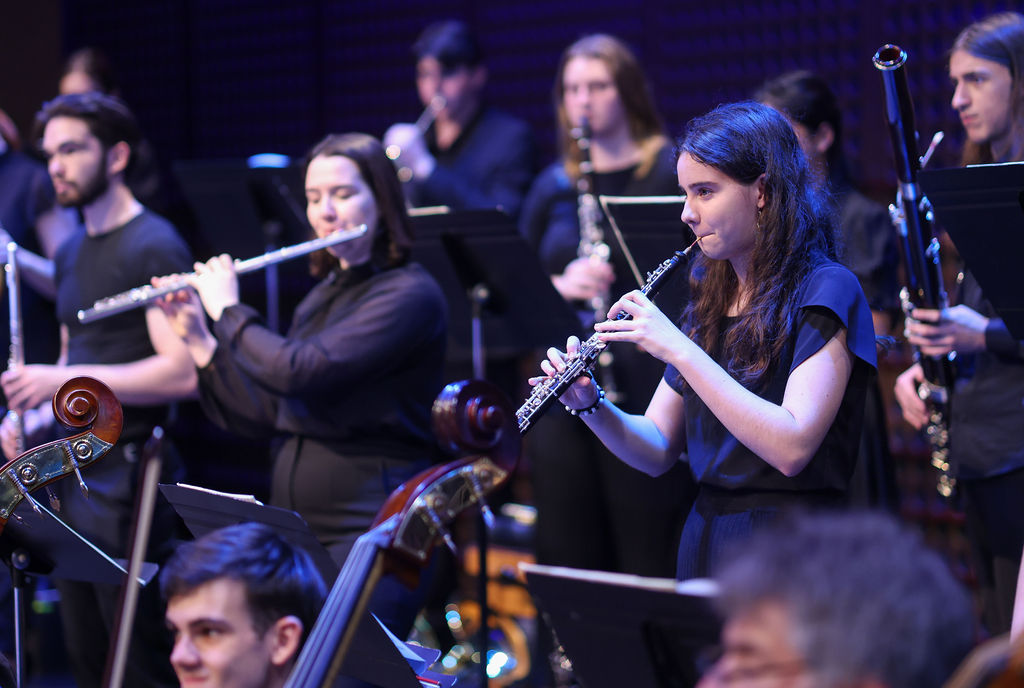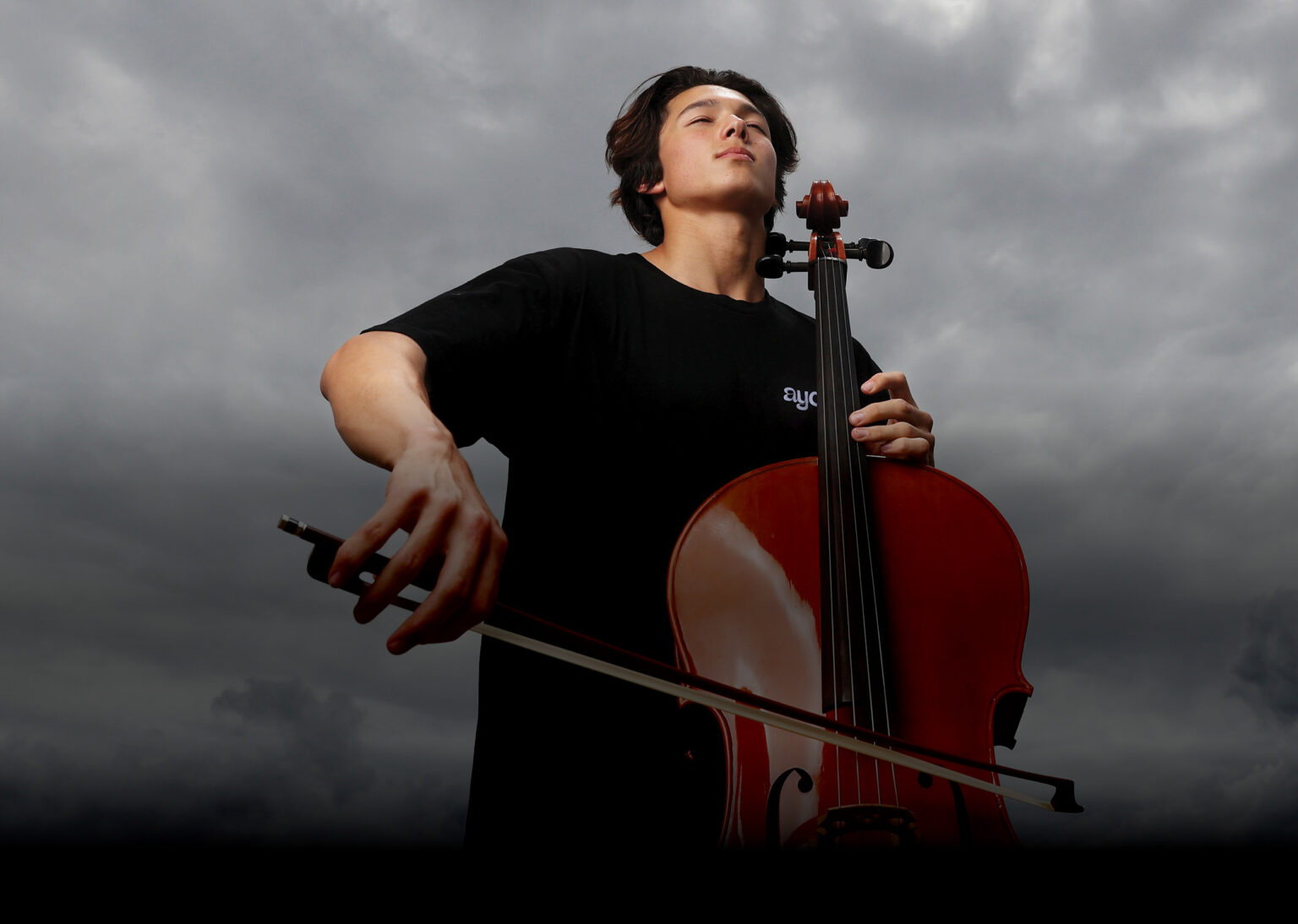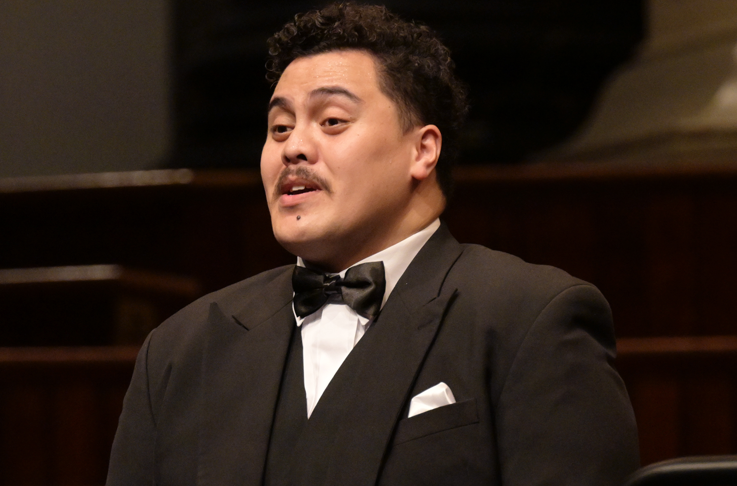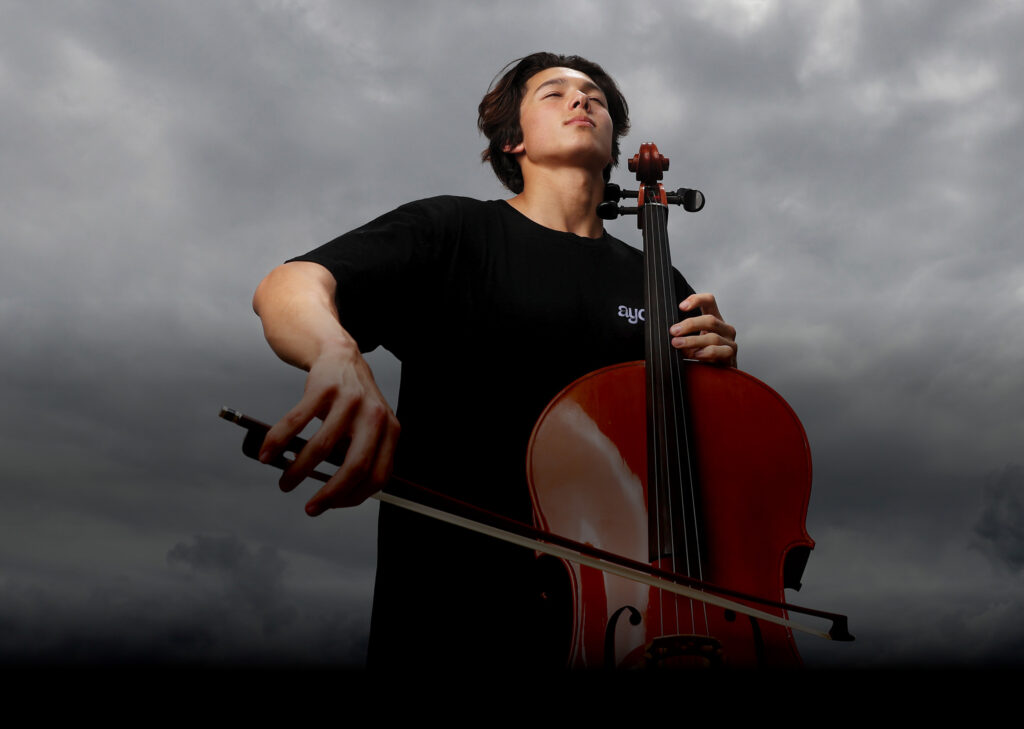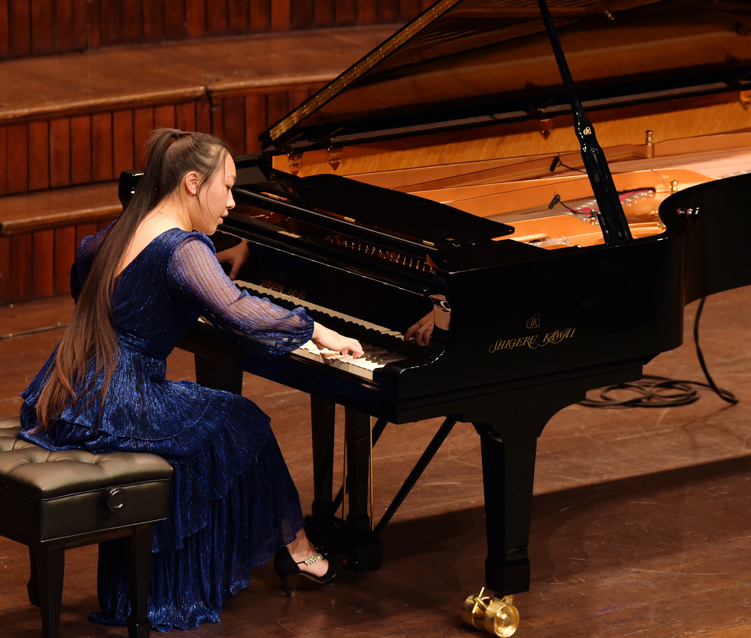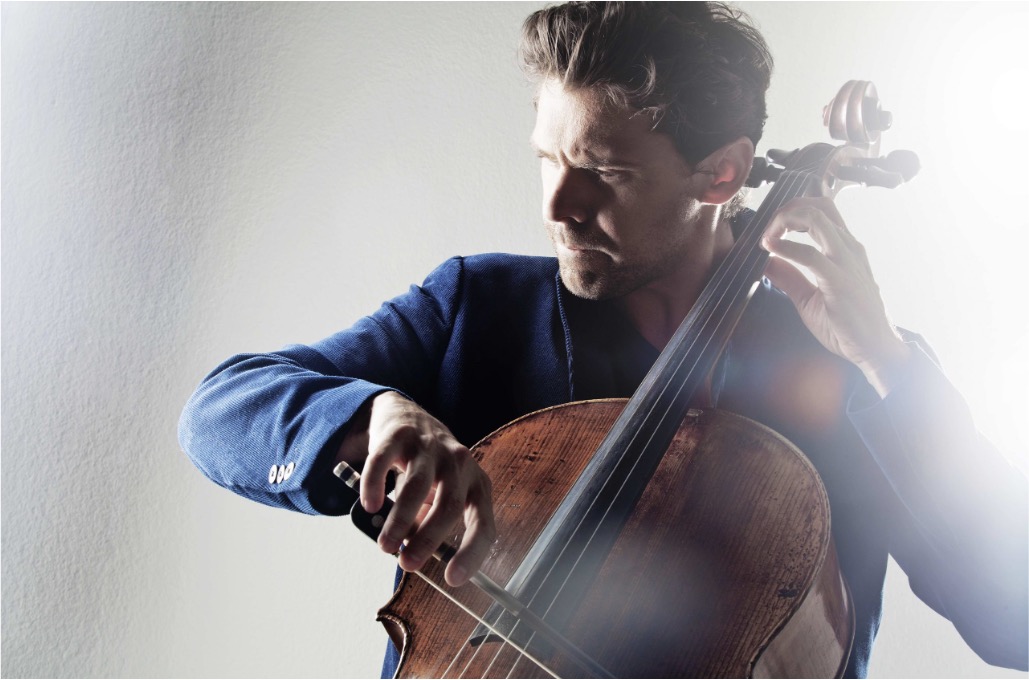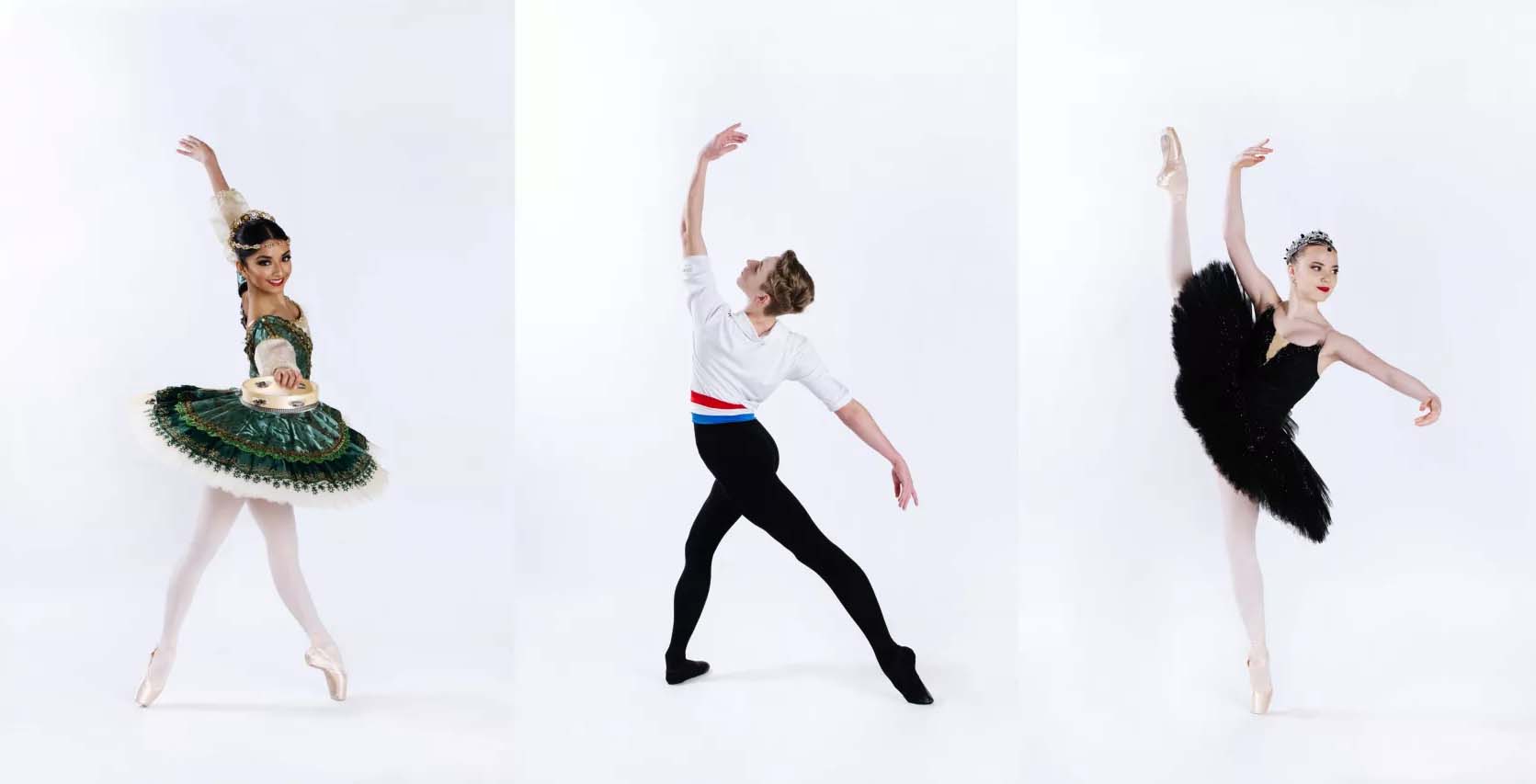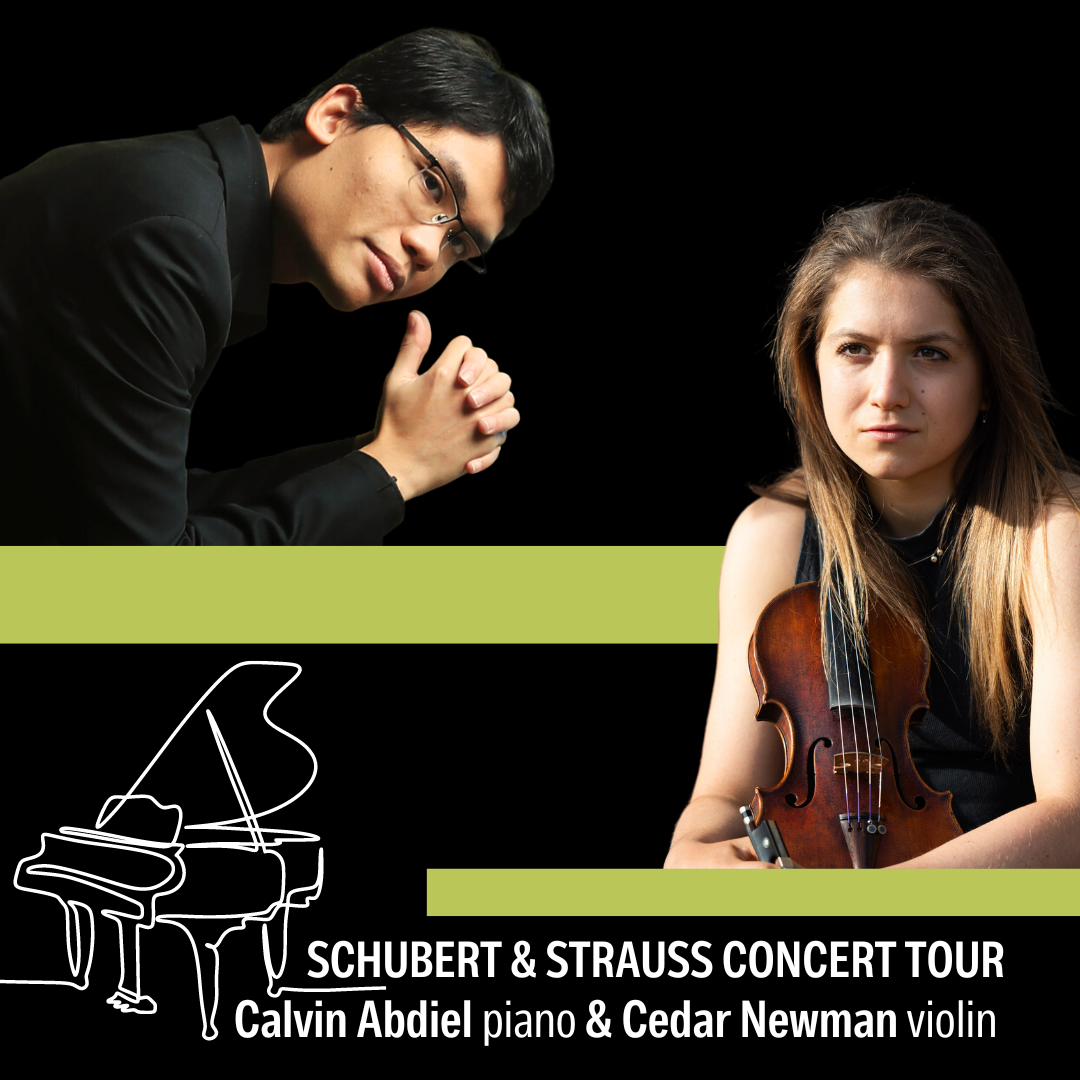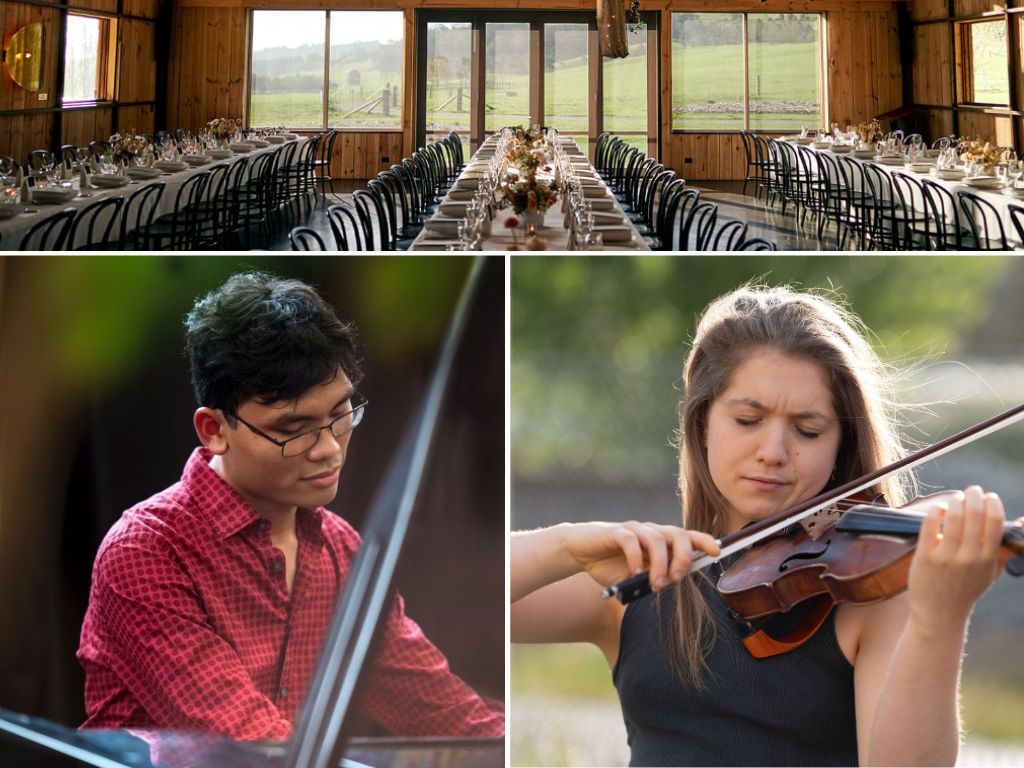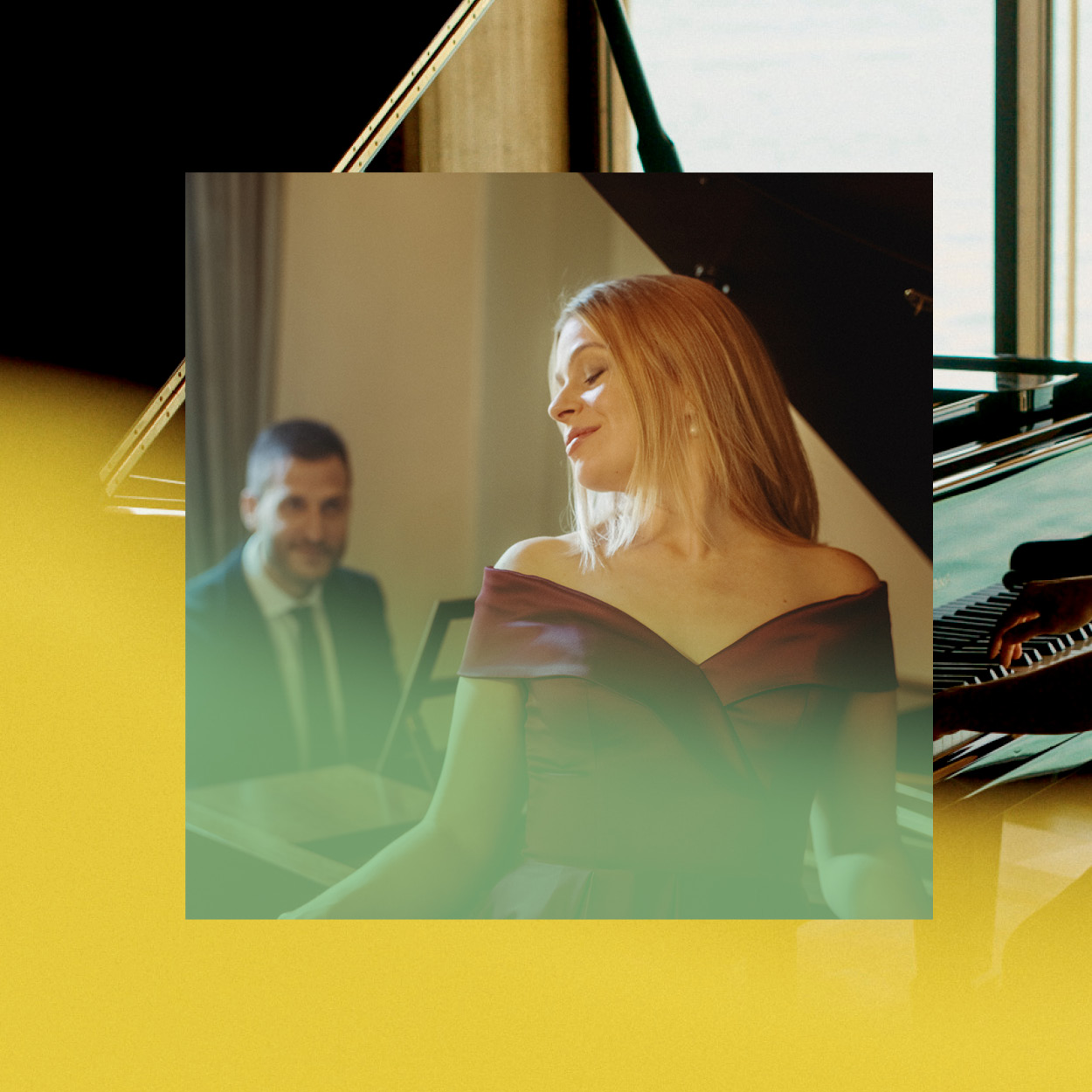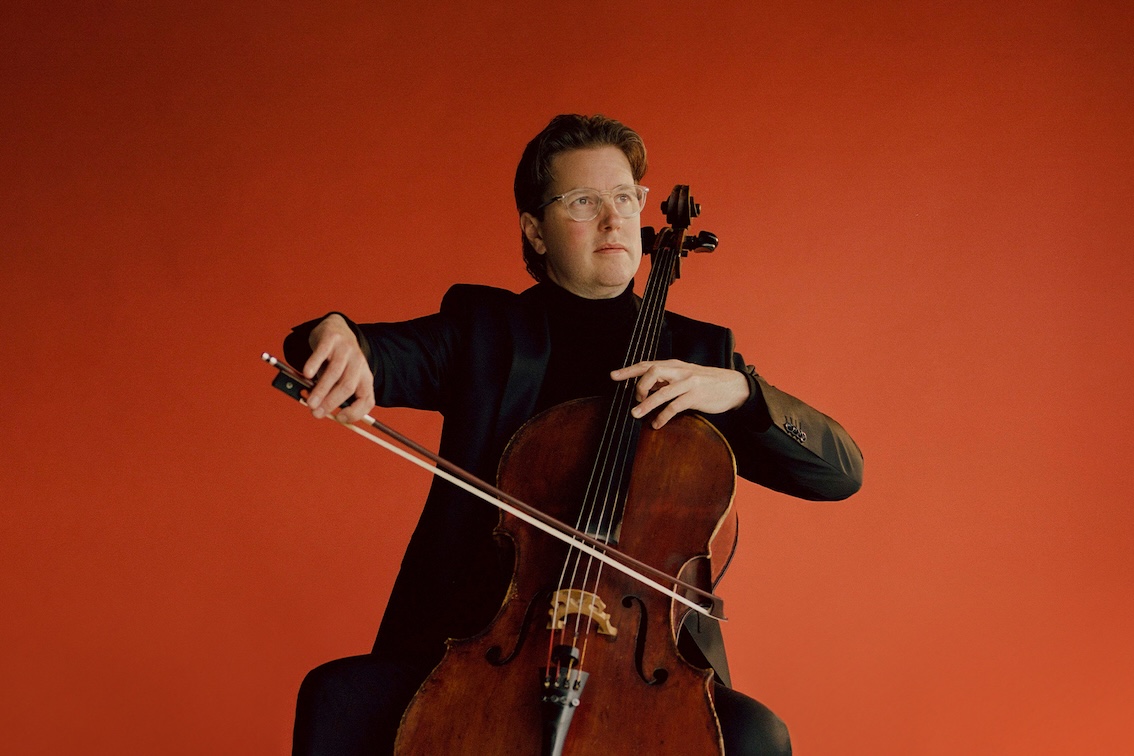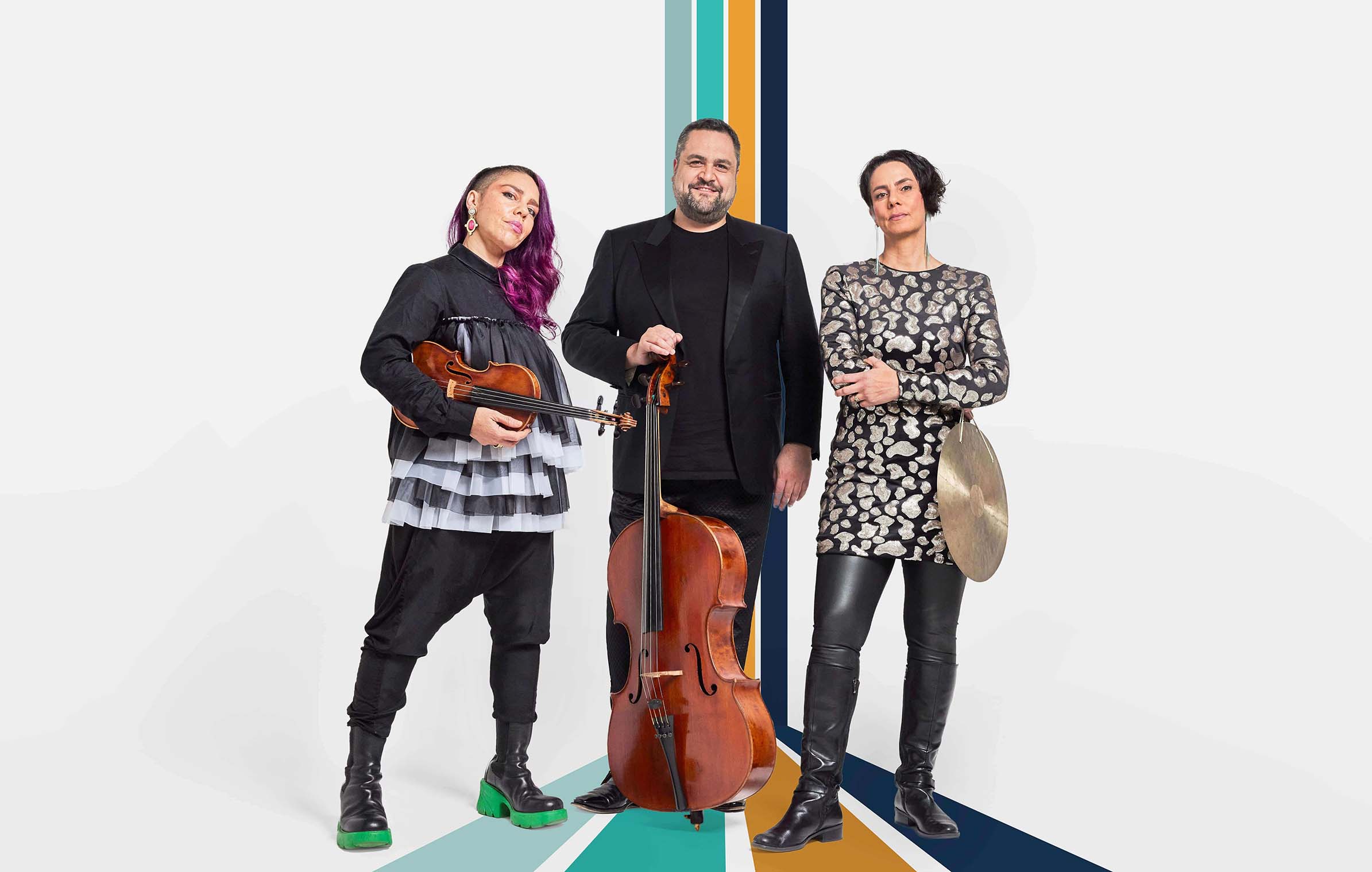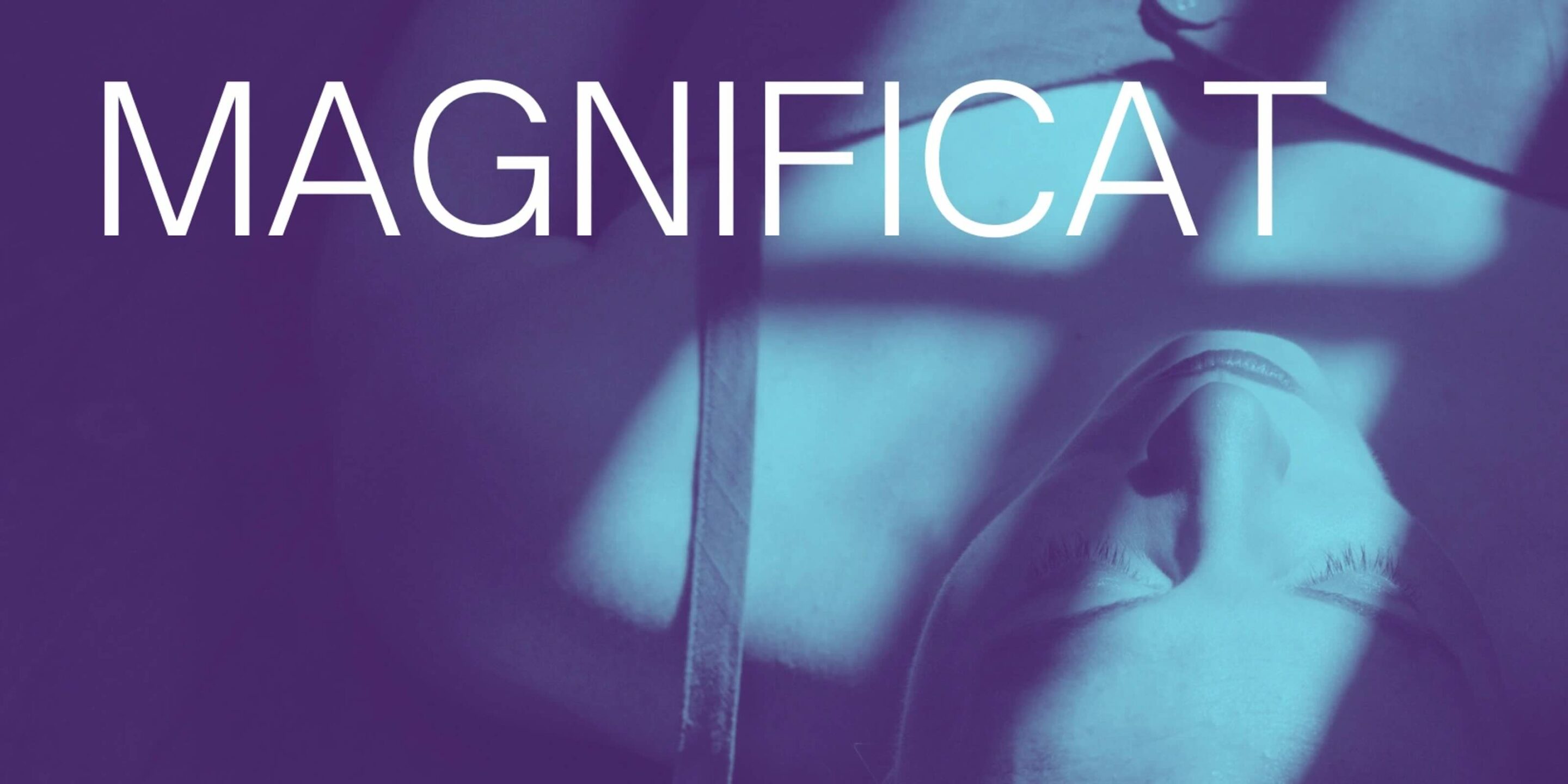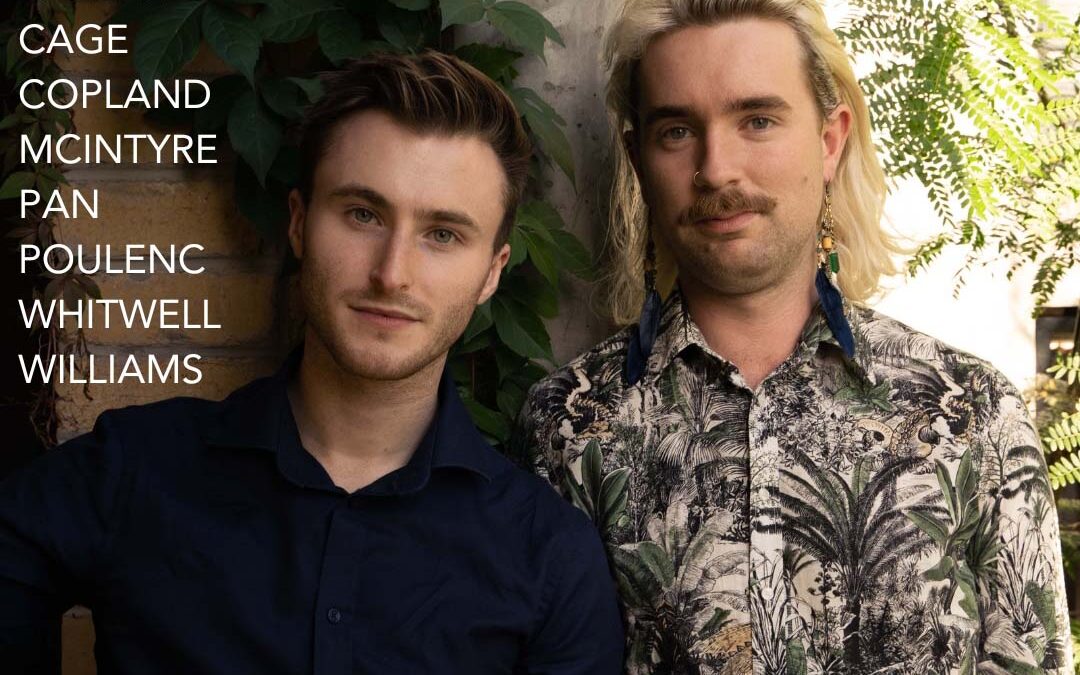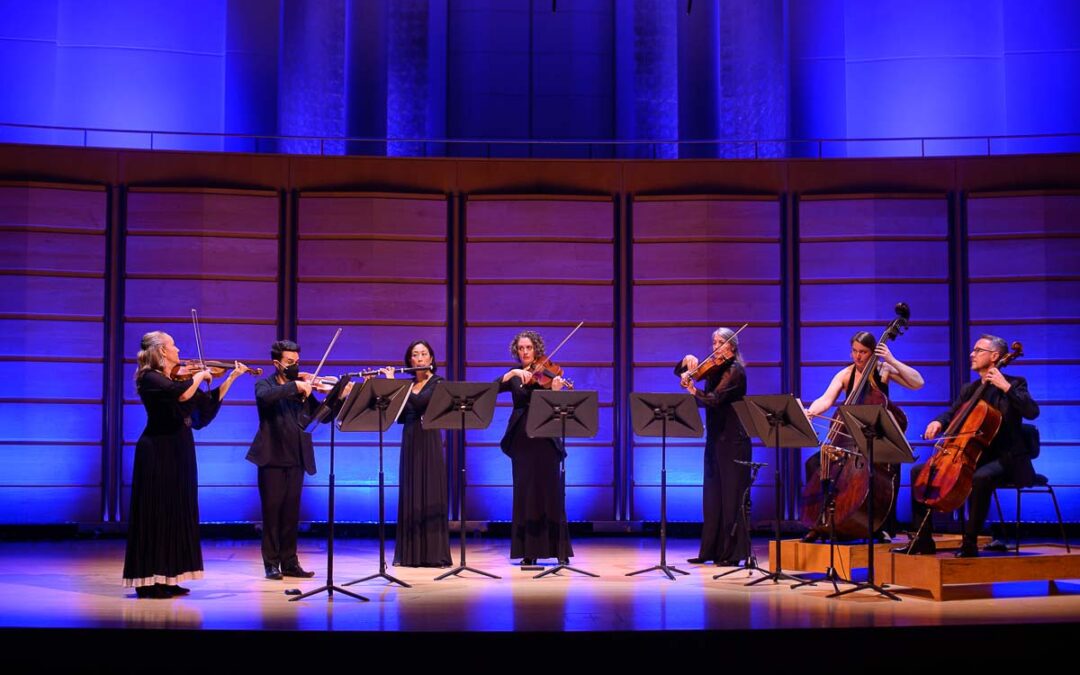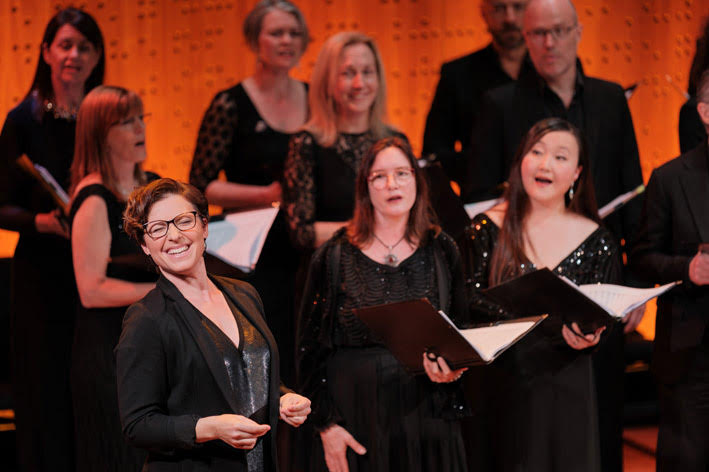The Song Company | Superbloom
March 7, 2024, Utzon Room, Sydney Opera House, NSW
Superbloom describes the miraculous blooming of the desert after unusual rain – there is an extreme contrast between the arid and the lush. Guest Director Jane Sheldon embraced this concept to create an exciting program of contrasts, where some works are ‘arid’ in their sounds, while others have lush harmonies or text that describes floral lushness. There were also contrasts in the age of the music, ranging from the 12th century to the present day – from Medieval to ultra modern.
The Utzon Room at the Sydney Opera House was filled to capacity as the Song Company strode in. Timothy Reynolds (tenor), Hayden Barrington (baritone) and Andrew O’Connor (bass-baritone) went off stage, leaving Susannah Lawergren (soprano), Amy Moore (soprano) and Jessica O’Donoghue (mezzo-soprano) to sweetly sing Flos Regalis, an anonymous 14th century “Lady Mass” honouring the Virgin Mary in terms of flowers.
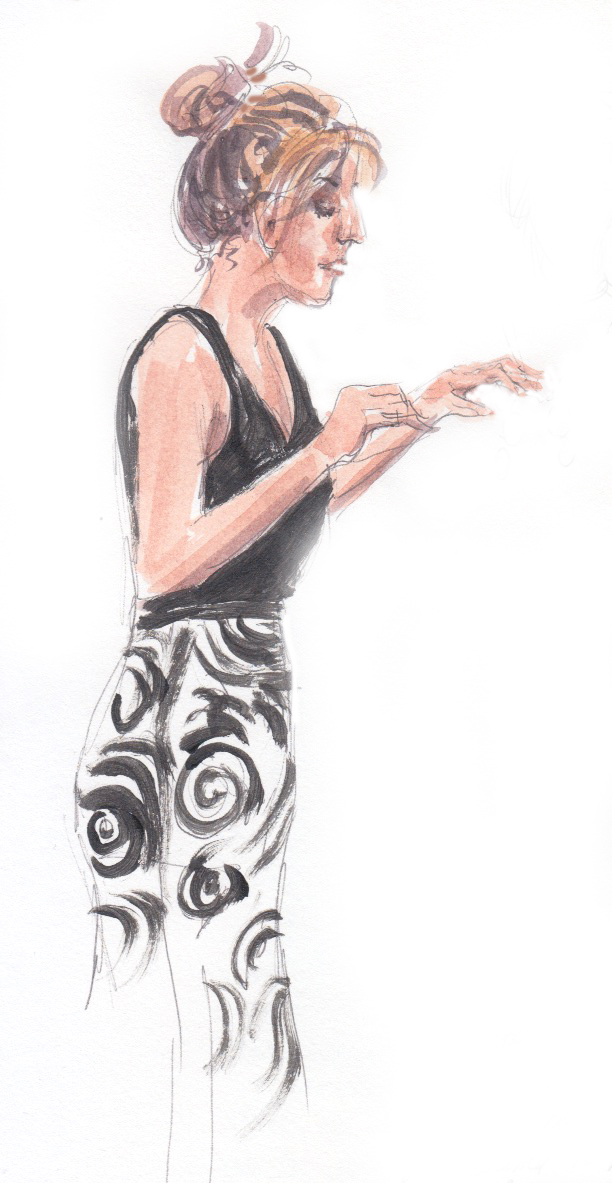

Jane Sheldon introduced, then conducted the next work: Michael Whiticker’s As Water Bears Salt, first performed by the Song Company in 1992. There were three movements with words based loosely on three plays by Federico Garcia. The singers occasionally accompanied themselves with bells and chimes and often made interesting vocalisations. They sang in close harmonies, expressing the different moods engendered by the songs,
Katherine Balch’s Forgetting was unforgettable! This tragic and slightly disturbing work seemed to imply the onset of Alzheimer’s disease or dementia, with arid sounds reflecting a blank, confused mind intercepted by lucid moments sung to the words of Katie Ford from her 2020 poem Estrangement. Jane Sheldon conducted from within the ensemble, while she and Susannah Lawergren sang in pure astringent harmonies, expressing the anguish of forgetting. The “arid” moments were emphasised with subtle percussion, ending with a finalé of them all spinning ratchets (as used in football matches before they were banned) in loud protest of forgetting.
 A complete contrast to this contemporary work was provided by two madrigals for five voices by Carlo Gesualdo: lo parto’ e non più dissi (“I am leaving” I said) and Ecco, moriró dunque (So then die I will). Although composed in the late 16th century, these displayed daringly lush harmonies, 3 centuries ahead of their time. It is said that Gesualdo’s music was infused by the guilt and remorse he felt after being instrumental in the murder of his wife and her lover. The singing was was accordingly passionate.
A complete contrast to this contemporary work was provided by two madrigals for five voices by Carlo Gesualdo: lo parto’ e non più dissi (“I am leaving” I said) and Ecco, moriró dunque (So then die I will). Although composed in the late 16th century, these displayed daringly lush harmonies, 3 centuries ahead of their time. It is said that Gesualdo’s music was infused by the guilt and remorse he felt after being instrumental in the murder of his wife and her lover. The singing was was accordingly passionate.
This segued smoothly into James Weeks’ 2009 composition, Veni in hortum meum. It sounded not too dissimilar to Gesualdo’s work, but was about a fecund garden, with words from the Song of Songs.
We were again challenged with a contrasting ‘arid’ piece with Rebecca Saunders’ Soliloquy written in 2007 for six voices. The sound was very sparse with silence being an integral part of the work. The mysterious harmonies and dissonances were almost like desert wind. There were occasional surprise shouts interspersed with forlorn voices. The effect was very dramatic. Rebecca Saunders wrote, “For me, what’s really important is enabling the listener to feel the magical physicality of sound, the timbre, the colour, the mass, the weight, of sound. That’s what I feel I’m working with, almost like a sculptor works with different materials.” The Song Company certainly certainly did this piece justice!
Jane Sheldon then introduced Hildegard von Bingen’s O noblissima viriditas (O noblest greenness) speaking about her as an old friend. This beautiful performance sounded quite different to what we usually expect from Hildegard’s music, as it was sung by 6 individuals, rather than a larger choir. The words were in praise of Nature – a form of worship in song.
This mood continued as they performed Jane’s own composition, the world premiere of Flower Muscle, which she conducted from within the ensemble whilst singing. It was sung in German, the text being Rilke’s poem Blumenmuskel, about an anemone opening by day and closing at night within the realms of Nature and that we too should be open to the beauty of nature. They sang this in sweet harmonies that ended softly, giving a peaceful ending to this wonderful concert.
After a hushed silence, the audience burst out in raucous applause with whistles and bellows expressing their appreciation of a truly exciting and superbly performed program of contrasts.
Photo credit – Oliver Miller
Sketches – Heidi Hereth

